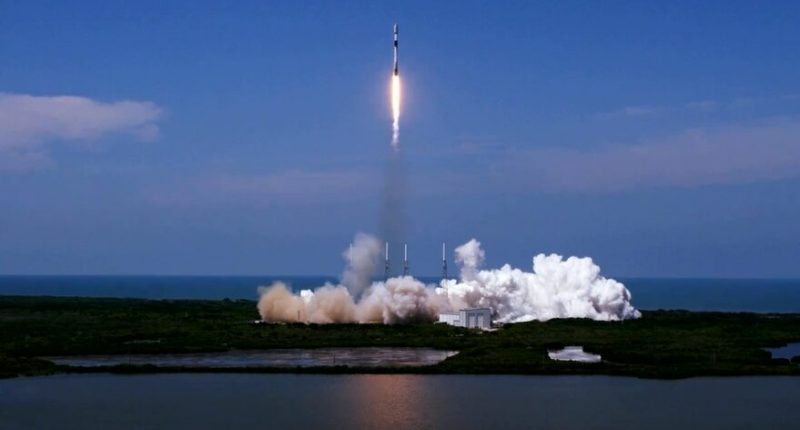Elon Musk is a man on a mission – and so far, his mission to bring high-speed, low-latency internet connectivity to people across the globe seems more and more achievable by the day. “Reusing” seems to be Musk’s new mantra, after his space company SpaceX launched yet another stock of 60 Starlink satellites into orbit on the same Falcon 9 first stage booster which had launched the Sentinel-6A mission.
While that is nothing new, the company set a new type of reusability milestone with this launch-with fairing halves.
The recent launch marks the 40th time SpaceX has re-flown fairing halves since November 2019 and the 85th landing of SpaceX’s reusable launch system development program. One-half of the payload was on its fifth flight, a record in itself, while it is the third flight of the other. Musk has been harping on the need for recovering and reusing payload fairings for quite some time, especially because of their cost – about $6 million each. Both the payload fairings will be recovered by SpaceX.
The launch occurred without any hitch before the booster marked a proper landing at sea approximately nine minutes after liftoff.
Wednesday’s launch from the Space Launch Complex 40 at Cape Canaveral Space Force Station in Florida marked the 13th Starlink launch of the year as Musk and SpaceX are sparing no expenses in make his dream a reality.
During the live stream of the launch on Wednesday, SpaceX Dragon propulsion engineer Younei Zhou said that they were getting closer to connecting more and more people across the globe with each launch. He added that with more satellites, more ground stations would be installed and would continue to improve the company’s networking software, data speed latency, and dramatic enhancement of uptime.
The launch takes the number of Starlink satellites in orbit to 1, 664.
The company has already started beta testing its internet service in some parts of the world, and is looking to start operations in a lot of other countries (including India) by next year.
